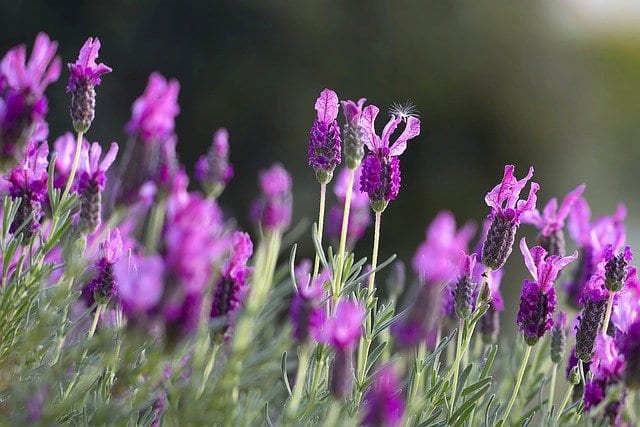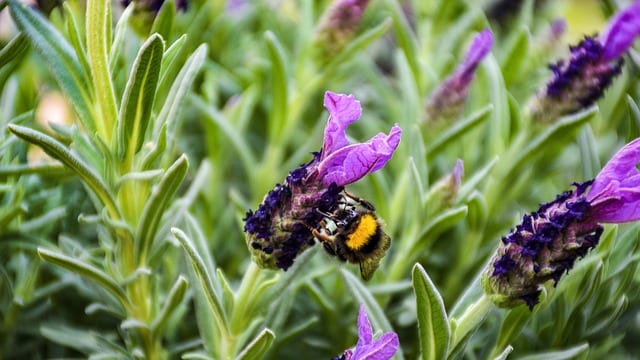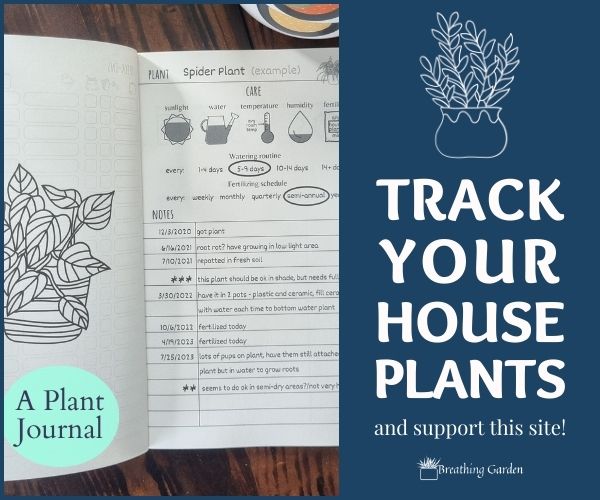There are a few different types of lavender, English and French lavender are probably the most common varieties. So why choose the French variety over the English? And what do you need to do to care for this lavender?
*This post may include affiliate links. When you purchase items from these links, we will receive a small commission, at no extra cost to you, to help support this website. Thank you for your support! Read more ->
Here’s everything you need to know about French Lavender!
Related: Growing Lavender Indoors, Spanish Lavender
What is French Lavender?
French lavender is known for being the bigger, bushier lavender variety when compared to the English lavender. This lavender has some varieties that will grow to about 3 feet tall and 3 feet wide (but up to about 5 feet!). The species is the Lavandula dentata. It is very similar to the Spanish Lavender.
This means that this is probably not the lavender type to grow if you’re looking for one to put in a pot, but grow this lavender in a garden patch where it has some room to grow.
The flowers on this lavender also last longer on the plant when compared to other varieties. Although this has beautiful flowers that last for ages, this does not smell like the typical lavender scent, having a much lighter fragrance. It will likely flower from early spring into late summer, or even early autumn.
This lavender plant, like so many other lavender plants will attract bumble bees to your garden and will help pollenate other plants.
This plant will survive for up to about 5 years in your garden, so long as it isn’t exposed to frozen winters! This variety of lavender is not typically one you would use in cooking.
Soil Needs
In general, lavender actually prefers to be nutrient deficient rather than having too many nutrients in the soil. This means that the lavender can grow fairly easily in any patch of your garden, at least soil wise.
With a lavender plant that has been in the soil for a while, all you really want to do is add a bit of fresh topsoil in the spring, and your lavender will be much happeir than if you add specific fertilizer.
Especially avoid nitrogen fertilizer! While nitrogen is great for grass, it typically harms floral plants more than it helps (this is the same with hydrangeas).
When planting a newly acquired French lavender, try to choose a well-draining soil that’s specific for flowers.
Water Needs
Lavender is a drought tolerant plant, so it does not need much water at all compared to many other plants you may be growing. Overwatering can lead to your plant dying, so it’s better to leave it alone than water too often.
When it’s a new plant or they are flowering (and hot summer days), water about once a week, or twice if it looks really thirsty. During the colder seasons or non-blooming seasons, only water once every few weeks.
Sunlight Needs
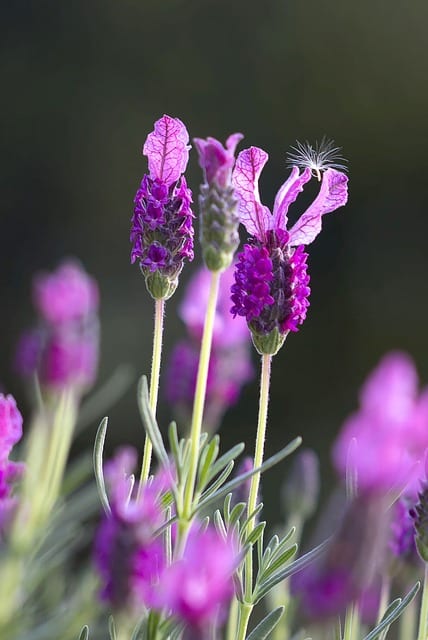
When it comes to sunlight, lavender thrives in full sun. If you’re looking for lavender companion plants, choose ones that also prefer full sunlight!
If lavender does not get enough sunlight, it is likely to not bloom as beautifully. So try to make sure it’s in a sunny spot that does not get hit by too much wind.
Find a place in your garden that gets as much sun as possible. This plant will be happy in those hot summer days in the sun.
Frost Hardiness
Unfortunately, French lavender does not survive frosts very well. This is not the lavender plant to choose if you get very snowy and cold winters, unless you choose to grow this lavender in a pot and can bring it inside or put it into a greenhouse for the winter.
Pruning
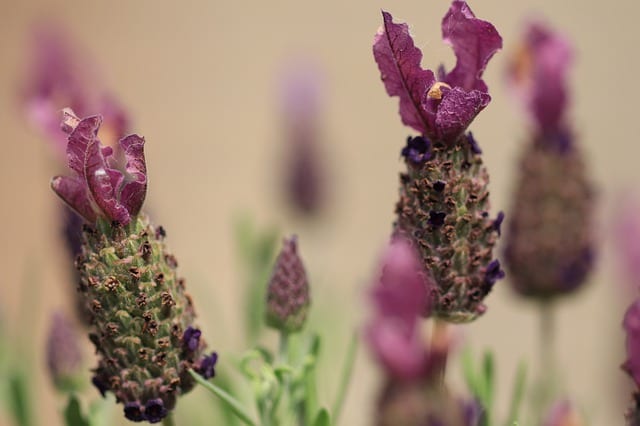
Starting with deadheading, this lavender plant can be deadheaded after the flowers start to die off. This will allow the plant to put their energy into the rest of the plant, and may also give the plant another chance to bloom later on in the same season.
French lavender can be pruned way down after it’s blooming season. This will allow for more growth and more flowers blooming in the next season, as well as getting it ready to go dormant for the winter. Prune the lavender down to about 1/3 of it’s size.
Do not cut all the way down to the base though, leave a little bit of height. If you cut too far, then there’s a chance the lavender will not grow next year. Leave some of the leaves when you cut it down, and that’s a good indicator you haven’t cut down too far.
French lavender is a great flower to bring into your garden if you’re looking for something to fill a sunny spot in the garden, giving off a light scent, and attracting bees to the garden with it’s beautiful purple flowers!

